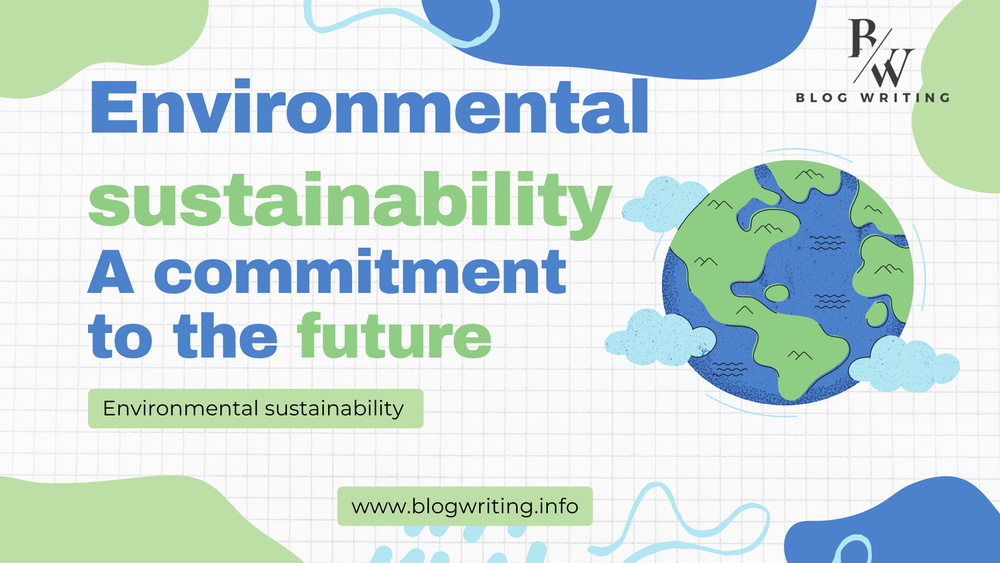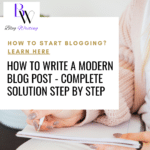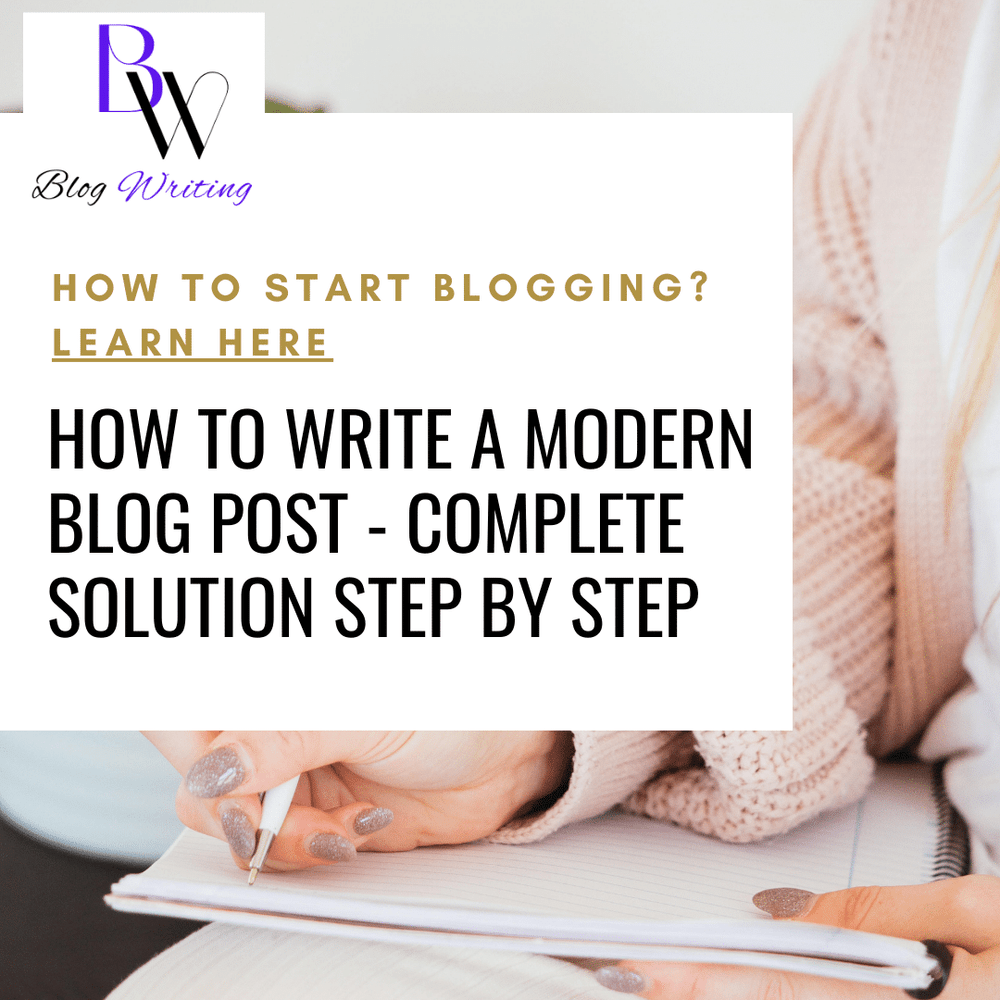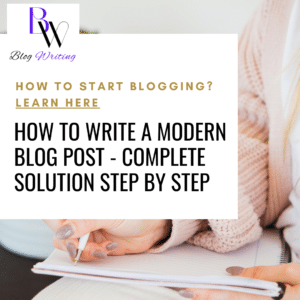
Blogging The Secrets of Successful. Complete Guideline for Beginners.
- Introduction:
- How to Start Successful Blogging? Complete Guidelines Step by Step
- 1. Choosing Your Niche (Blogging Name)
- 2. Selecting a Blogging Platform
- 3. Choosing a Domain Name and Hosting
- 4. Setting Up Your Blog
- 5. Creating Essential Pages
- 6. Writing and Publishing Blog Posts
- 7. Promoting Your Blog
- 8. Monetizing Your Blog
- 9. Tracking Your Blog’s Performance
- 10. Maintaining Consistency
- Conclusion:
- FAQ's
Introduction:
The Secrets of Successful Blogging has transformed from a simple online diary to a powerful platform for sharing ideas, building communities, and even generating income. Whether you’re passionate about a particular topic, eager to share your knowledge, or looking to create an additional revenue stream, blogging offers endless opportunities. However, the journey from setting up your blog to achieving success can seem daunting, especially for beginners.
In this guide, we’ll demystify the process, breaking down the essential steps and strategies you need to turn your blogging aspirations into reality. From choosing the perfect niche to mastering the art of content creation and promotion, this article will provide you with the tools and insights needed to create a blog that not only ‘exists’ but thrives.

How to Start Successful Blogging? Complete Guidelines Step by Step
1. Choosing Your Niche (Blogging Name)
- What is a Niche? A niche is a specific topic or area that your blog will focus on. For example, rather than writing about all kinds of food, you might focus on vegan recipes or quick meals for busy professionals.
- Why It’s Important: Picking a niche helps you target a specific audience and build a loyal readership. It also helps you stand out in a crowded blogging space.
2. Selecting a Blogging Platform
- Blogging Platform: This is the software or service that you use to publish your content online. Popular options include:
- WordPress.org: Most flexible but requires purchasing hosting.
- WordPress.com: Easier but with some limitations on customization.
- Blogger: Google’s free platform, good for beginners.
- Medium: Great for writers who want a simple, minimalist platform.
- Why It’s Important: Your platform will determine how much control you have over your blog’s appearance and functionality.
FOR VIEW OUR BLOGGING PLATFORM VISIT: https://blogwriting.info/
3. Choosing a Domain Name and Hosting
- Domain Name: This is your blog’s address on the internet (e.g., www.yourblogname.com). It should be memorable, relevant to your niche, and easy to type. https://blogwriting.info/
- Hosting: This is where your blog’s files are stored. Hosting providers like Bluehost or SiteGround offer space on their servers for your blog.
- Why It’s Important: Your domain name is your online identity and good hosting ensures your blog runs smoothly and can handle traffic.
4. Setting Up Your Blog
- Installing WordPress: If you choose WordPress.org, you’ll need to install it on your hosting account. Most hosting providers offer an easy, one-click installation.
- Choosing a Theme: A theme controls how your blog looks. WordPress offers thousands of free and premium themes that you can customize.
- Why It’s Important: A well-designed blog is more attractive to visitors and can help keep them on your site longer.
5. Creating Essential Pages
- About Page: This page tells readers who you are and what your blog is about. It’s an opportunity to connect with your audience on a personal level.
- Contact Page: Provides readers with a way to get in touch with you. Include a contact form, email address, or social media links.
- Privacy Policy/Disclaimer: These pages inform readers about how you handle their data and any legal disclaimers. They are especially important if you plan to monetize your blog.
- Why It’s Important: These pages help build trust with your readers and provide essential information about your blog.

6. Writing and Publishing Blog Posts
- Content Planning: Plan your content ahead of time. Decide on topics, keywords, and the type of posts you’ll write (e.g., how-to guides, reviews, personal stories).
- SEO Optimization: Search Engine Optimization (SEO) helps your blog appear in search engine results. Use relevant keywords, optimize images with alt text, and include meta descriptions.
- Engaging Content: Write in a way that’s engaging and easy to read. Use headings, bullet points, and images to break up the text.
- Why It’s Important: High-quality, well-optimized content attracts readers and keeps them coming back.
7. Promoting Your Blog
- Social Media: Share your blog posts on social media platforms like Facebook, Twitter, and Instagram to reach a wider audience.
- Guest Blogging: Writing for other blogs in your niche can help you gain exposure and drive traffic back to your own blog.
- Email Marketing: Collect email addresses from your readers and send them regular updates or newsletters to keep them engaged.
- Why It’s Important: Promotion helps you grow your audience and get your content in front of more people.
8. Monetizing Your Blog
- Affiliate Marketing: Promote products on your blog and earn a commission on sales. For example, if you blog about tech gadgets, you might include affiliate links to products on Amazon.
- **Ad Networks can be simple text or display ads that earn you money based on clicks or impressions.
- Sponsored Posts: Companies may pay you to write posts about their products or services.
- Why It’s Important: If you’re interested in making money from your blog, these strategies can help you generate income.
9. Tracking Your Blog’s Performance
- Google Analytics: This free tool provides insights into how many people visit your blog, where they come from, and what they do on your site.
- Reader Feedback: Encourage comments and interaction on your blog. Feedback helps you understand what your audience likes and what you can improve.
- Why It’s Important: Tracking your performance helps you understand what’s working and where you can make improvements.
10. Maintaining Consistency
- Regular Posting: Stick to a consistent schedule. Regular updates keep your audience engaged Whether once a week or twice a month.
- Continual Learning: Blogging is constantly evolving. Keep learning about new trends, SEO practices, and content strategies to stay ahead.
- Why It’s Important: Consistency builds trust with your audience and keeps your blog active and relevant.
Starting a blog is a learning experience, but by understanding these key components, you’ll be well on your way to creating a successful and enjoyable blogging journey.
Conclusion:
Starting a blog is more than just creating a website—it’s about building a platform where your voice can resonate, your ideas can flourish, and your passion can connect with others. As you’ve seen throughout this guide, successful blogging requires careful planning, consistent effort, and a willingness to learn and adapt. Whether blogging for personal fulfillment, to share your expertise, or to create a new income stream, the key is to remain patient and persistent.
Remember, every successful blog started as a simple idea. With the right approach and a commitment to your goals, your blog has the potential to grow into something impactful. Now that you’re equipped with the knowledge and tools to get started, the next step is up to you. Take the plunge, start writing, and watch your blogging journey unfold. Your voice matters—let it be heard.
FAQ’s
What are the basic requirements to start a blogging website?
To start a blogging website, you’ll need a clear niche to focus on, a memorable domain name, and reliable web hosting to store your site. Choose a blogging platform like WordPress.org for flexibility, and select a responsive theme for design. Essential plugins, especially for SEO and security, are crucial if using WordPress. Create legal pages like a privacy policy, plan your content with SEO in mind, and develop a marketing strategy to promote your blog. Finally, set up Google Analytics to track performance, stay consistent with posting, and continually learn to refine your approach. For information you can visit our website www.blogwriting.info or directly visit our guidelines
Resources & References for Successful Blogging:
Here are some example references for a blog post about starting a blog:
- Smith, J. (2022). The Ultimate Guide to Blogging: Tips for Beginners. Retrieved from BloggingEssentials.com.
- Jones, A. (2023). Choosing the Perfect Niche for Your Blog. Available at ProBlogger.net.
- Doe, M. (2023). How to Optimize Your Blog for SEO. Published by SEOExperts.com.
- WordPress.org. (n.d.). Getting Started with WordPress: A Beginner’s Guide. Available at WordPress.org.
- Bluehost. (2024). Why Reliable Web Hosting Matters for Your Blog. Retrieved from Bluehost.com.
- Google Analytics Help Center. (n.d.). How to Set Up Google Analytics for Your Website. Retrieved from support.google.com.
- Blogger, J. (2022). Monetizing Your Blog: The Best Strategies for Beginners. Available at BlogMonetize.com.
These are generalized references. If you need specific sources, they should be replaced with actual references from the materials you used when writing your blog post.
RELATED ARTICLES:
- https://blogwriting.info/
- https://blogwriting.info/freelancing-easy-to-understand-how-to-make-money/
- https://blogwriting.info/how-to-start-freelancing-with-upwork-learn-here/
- https://blogwriting.info/best-05-free-ai-tools-in-2024-you-must-know/
- https://blogwriting.info/free-ai-tool-how-do-i-use-adobe-firefly/
Share this content:


















1 comment